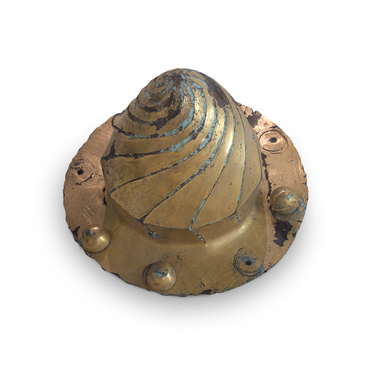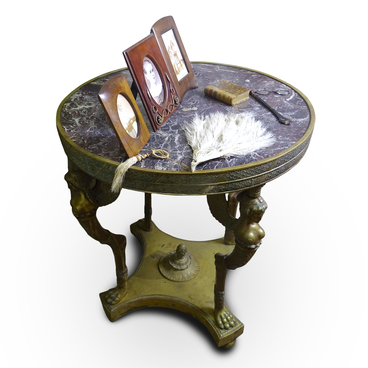The Museum of the History of the Resort City of Sochi houses various types of weapon exhibits. Some of them are related to the history of the city’s foundation, including a small signal cannon from the sailing fleet period, made in the early 19th century.
A more precise date of manufacture is indicated on the body of the cannon: the year 1819. This cannon was made from an alloy of cast iron with an admixture of copper. One of the brackets (No. 263) features an Admiralty anchor stamp, while the other displays the year of manufacture (1819) along with the letters “I.A.Z.” These letters signify the enterprise where the cannon was produced — the Izhora Admiralty Plants. During the pre-revolutionary period, the number of manufacturing plants was limited, making it relatively easy to identify where the item was made based on its stamp.
The Izhora Admiralty Plants, founded in 1722 during the reign of Peter the Great, were a state enterprise that produced a variety of products for the Russian fleet. While theoretically, a cannon like the exhibit could be used as a boarding weapon on small ships, firing either cannonballs (solid-cast, incendiary cannonballs usually had a larger caliber) or grapeshot, in practice, such cannons were more commonly used to give sound signals or as salutes. For ease of transportation, the cannon is exhibited in the museum on an oak carriage with four wheels, providing visitors with insight into the history of the city. The specific period during which this cannon was used within the boundaries of the Sochi fortifications can only be established after the 1830s.
Between 1830 and 1839, following the conclusion of the Russo-Turkish War, a series of fortifications were established along the Black Sea coastline to protect the Caucasus region from Turkish and other threats. This defensive line consisted of 17 fortified forts. On April 21, 1838, a military landing party established the fortification known as Alexandria on a hill at the mouth of the Sochi River, marking the first Russian settlement at the site of what is now modern Sochi.


